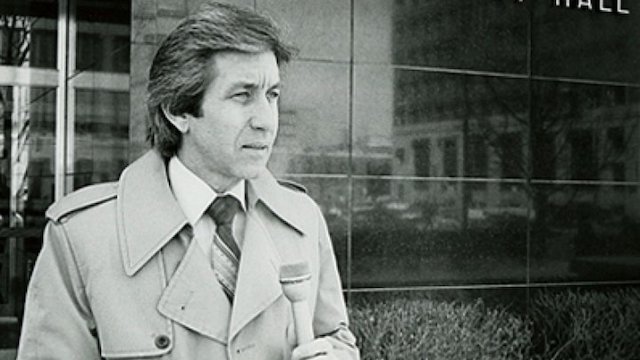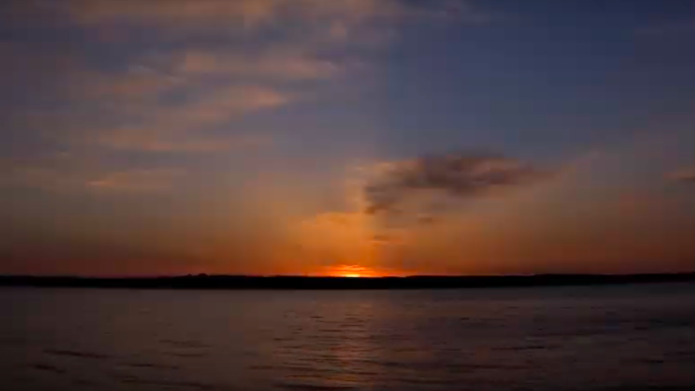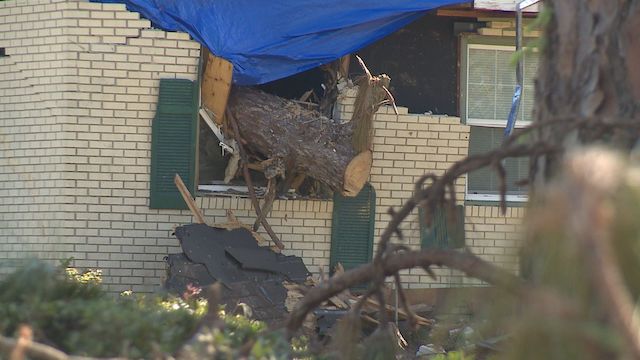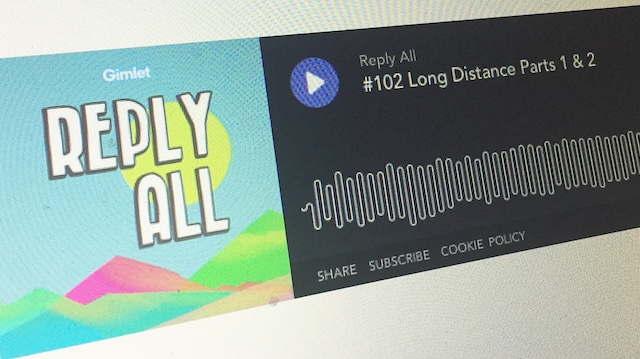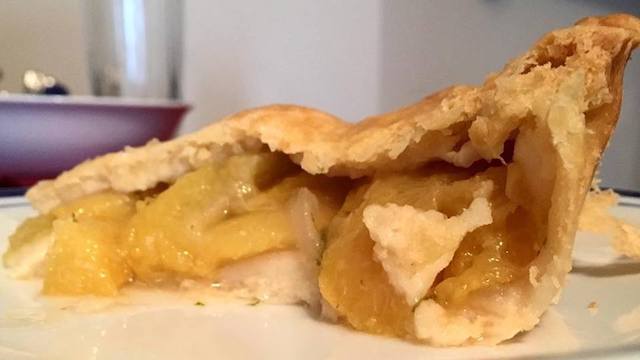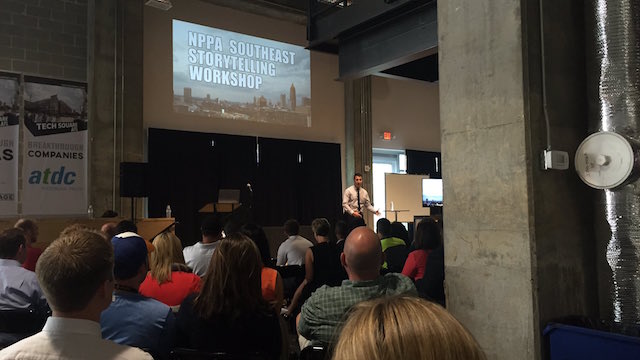Last month I launched a documentary for WXIA-TV that involved a full week of on-air stories, online posts, and off-air promotion. It was a big week. It also came during a wild time at home, which have become more frequent as a new parent. Here’s a glimpse into a particularly moving moment, though not in the traditional sense …
***
I stand under an amber light, over an oven door, preparing to witness perfection.
There’s a pie in there. A peach pie. A Georgia peach pie. The best kind of pie. A pie I’ve made from scratch. A pie I’ve made to surprise my wife. A pie I’ve made in silence and near-darkness to not wake my six-month-old daughter.
No one asked for this. But I need it.
This week I’m a solo parent. My wife is in Los Angeles for work. Olivia is in Atlanta with me. She’s got a cold. That means I’ve got a cold. She’s sleeping through the night. I am not. I woke up at 3:30 AM yesterday and 1:30 AM today. I’ve spent the week launching a massive work project that was months in the making. I’m stressed. I’m sleepless. I feel red veins creasing my eyeballs.
But I take food seriously. And I love Georgia peaches. I inhale the pulp in 30 seconds and suck the pit for ten minutes. I buy two bags a week during their three-month season. Last Saturday marked the last sale this summer. I snagged three bags. When my wife left for L.A., I pledged to make a pie.
It seems selfless. I want my wife to open the front door, smell the scent of baked peaches and crust, and break into a smile. I want her to feel I can handle it all and still find time for a sweet gesture. But I also want to show myself. I bristle at boundaries. I feel them when we scarf dinner in five minutes before Olivia starts crying. I feel them when I fall asleep at 9:15 on the guest bed, trying to seize the Olivia’s-finally-asleep window and eat popcorn with my wife while we watch some stand-up comic on Netflix. The sacrifices seem small compared to the overwhelming gifts of parenthood. But sometimes I need to prove I’ve still got it.
Sometimes I need to bake a freaking pie.
So I did. I put Olivia to bed at 8:15 and strode toward the kitchen. I boiled the peaches, peeled their skins, and scooped their pits. I chopped them into eighths, mixed a batter, and poured it all between two rolled-out layers of would-be flaky crust. I slid the pie in the oven, rotated it after 20 minutes, lowered the temperature to 375, and rotated it one more time as the recipe instructed. Now, at 10:30, I stand over the oven, adrenaline drained, ready to wave a metaphorical middle finger to How It’s Supposed to Be.
I open the door. A steam cloud flies out, carrying the scent of sweetness. All looks golden: the caramelized sugar, the crumbly crust, and the Georgia peaches itching to bust through the slits in the top layer.
Perfection.
Then I slide on my mitts, pull out the pie, lose my grip, and watch perfection fall out of my hands and crash upside-down onto the kitchen tile.
I don’t cry, but I almost do. I don’t scream, because somehow Olivia has stayed asleep. I stand motionless, surrounded by dark, the stove light above me a spotlight of sadness.
I grab a fork. I kneel down, curl myself on the tile, and search for scoops of pie that didn’t hit the ground. Then I eat. It’s gooey, rich, delicious. It’s my middle finger to How It’s Supposed to Be, remixed to show How It Is. I consume the equivalent of a slice, then cobble enough bites to save for a slice for my wife. I call her and confess it all. I know you’re a germaphobe, I say, but perhaps you’ll make an exception for smushed perfection.
To my half-surprise, she accepts.
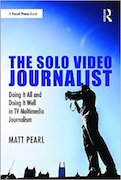
The Solo Video Journalist is available for purchase. You can find it on Amazon, Barnes & Noble, and the publisher’s web site.
Matt Pearl is the author of the Telling the Story blog and podcast. Feel free to comment below or e-mail Matt at matt@tellingthestoryblog.com. You can also follow Matt on Facebook and Twitter.
